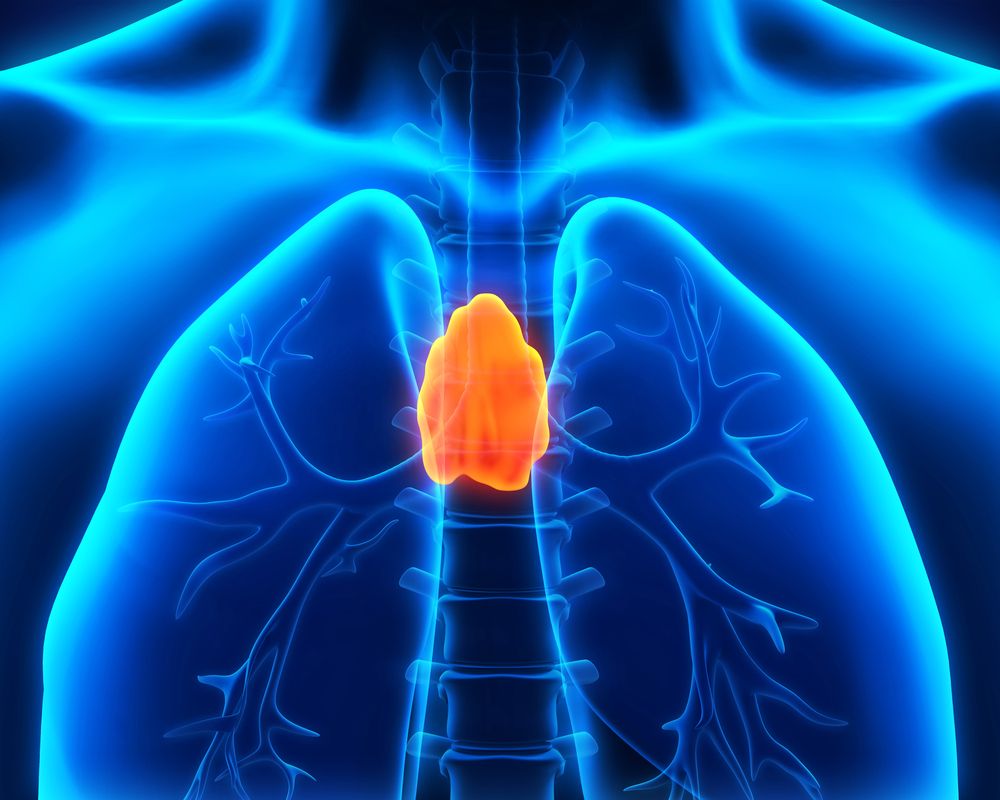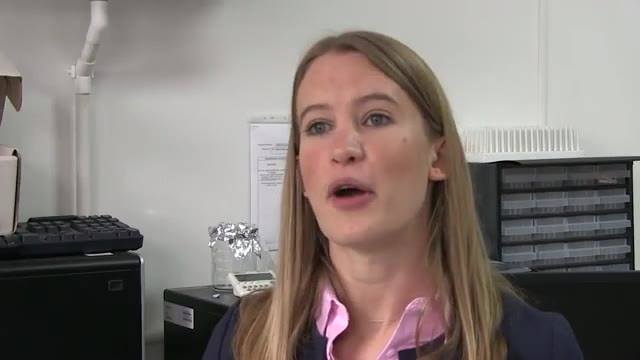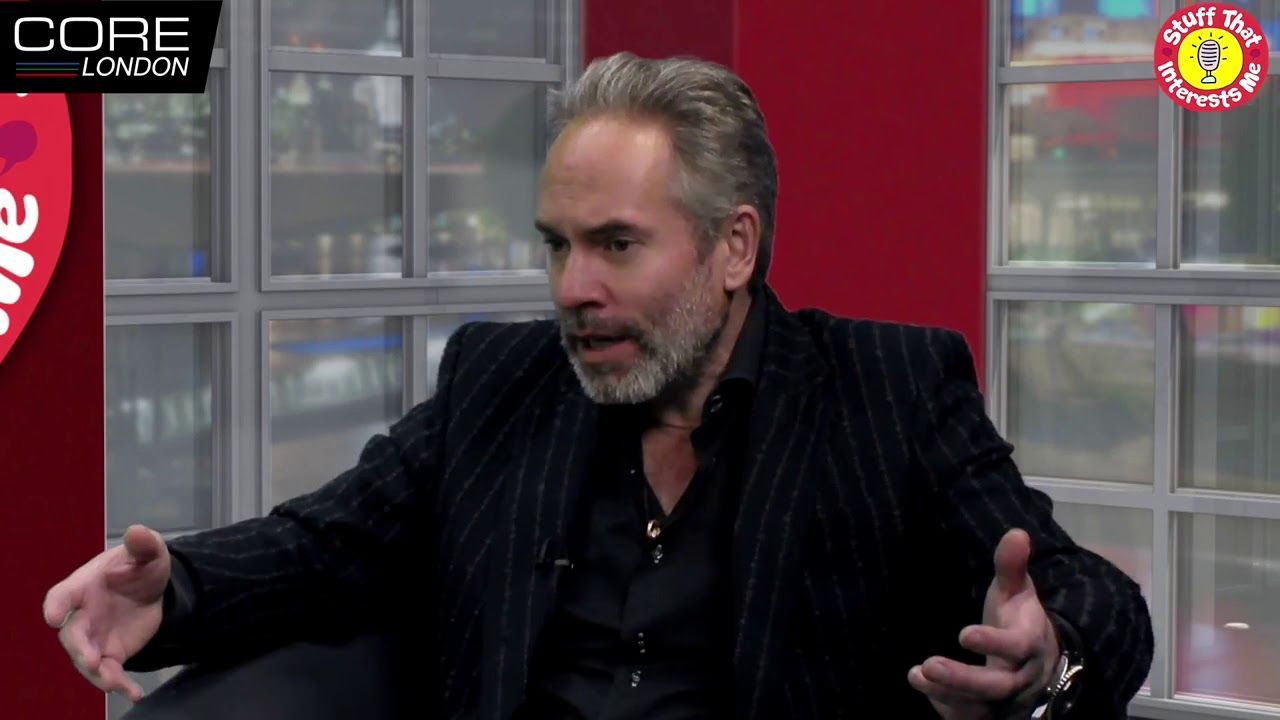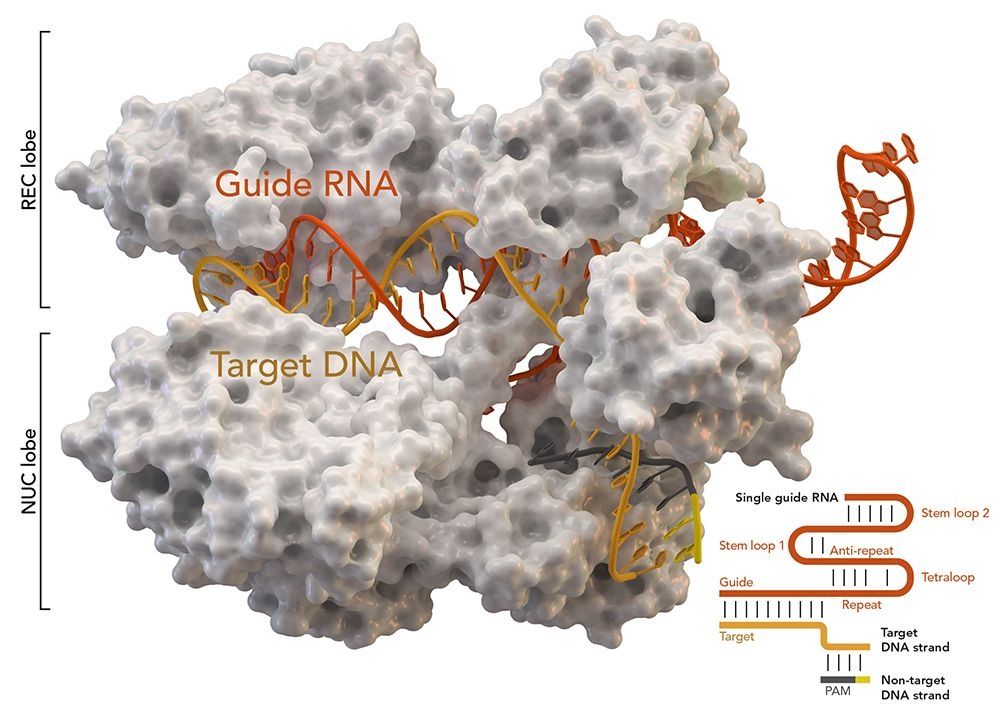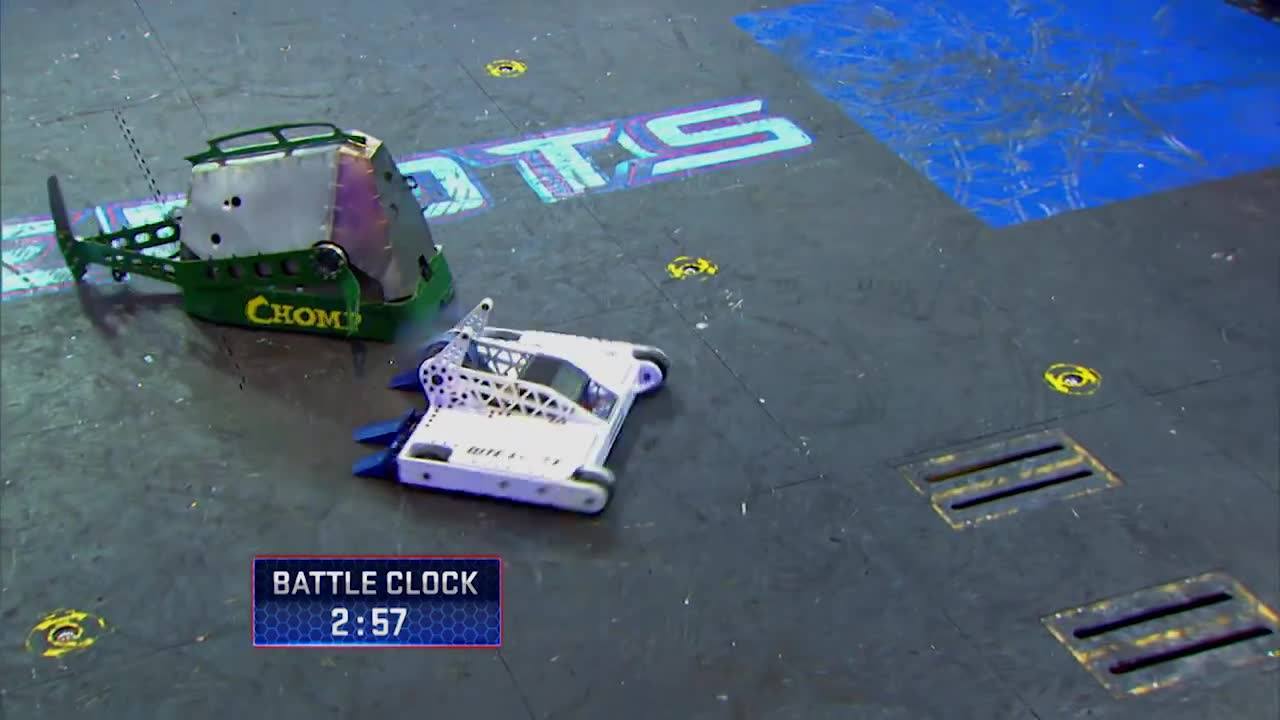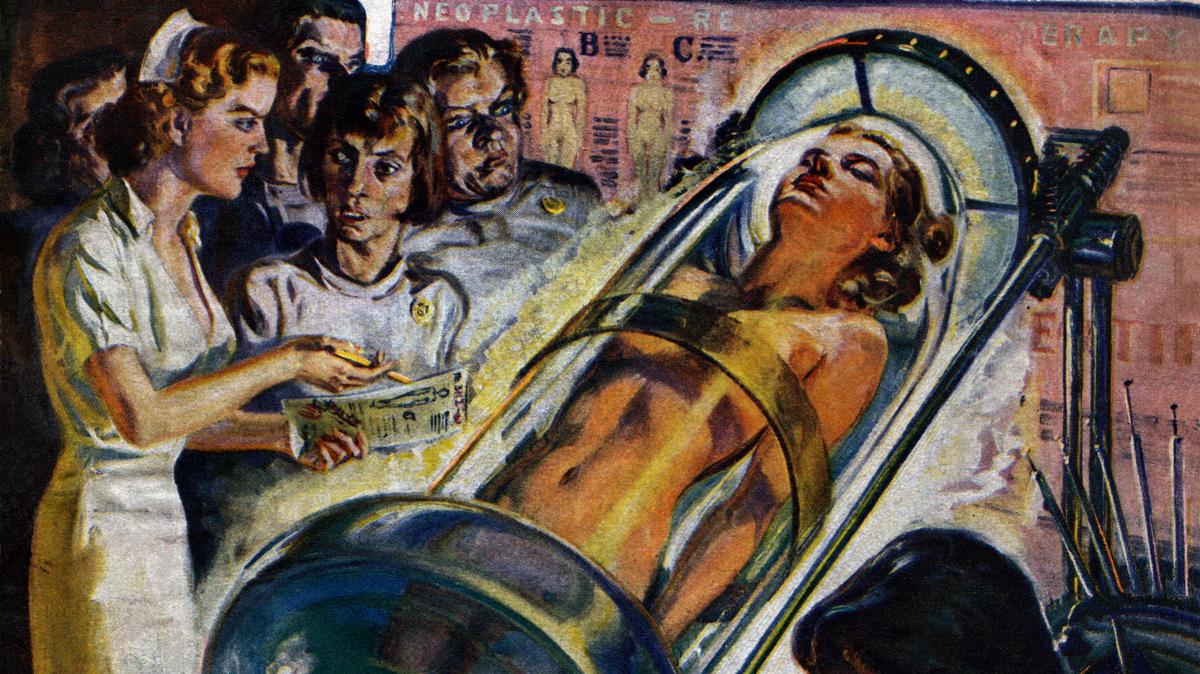Oct 4, 2017
Dr. Greg Fahy – Rejuvenating the Thymus to Prevent Age-related Diseases
Posted by Steve Hill in categories: biotech/medical, engineering, life extension
As we age, the thymus begins to shrink, and fewer numbers of T cells are created and trained to fight. This structural decay of the thymus is one of the main reasons why we become increasingly vulnerable to infectious diseases, such as influenza and pneumonia. The other reason is immune cells becoming senescent.
There are a number of possible solutions to this problem. Firstly, engineering new healthy and youthful thymic tissue might help to restore the immune system, and indeed a number of groups are working towards this.
Secondly, some researchers are focused on encouraging the aged thymus to regrow using various approaches, such as stem cell transplants, cellular reprogramming or chemical compounds. Dr. Greg Fahy is involved in researching this second approach, and we had the opportunity to speak to him about this work.
